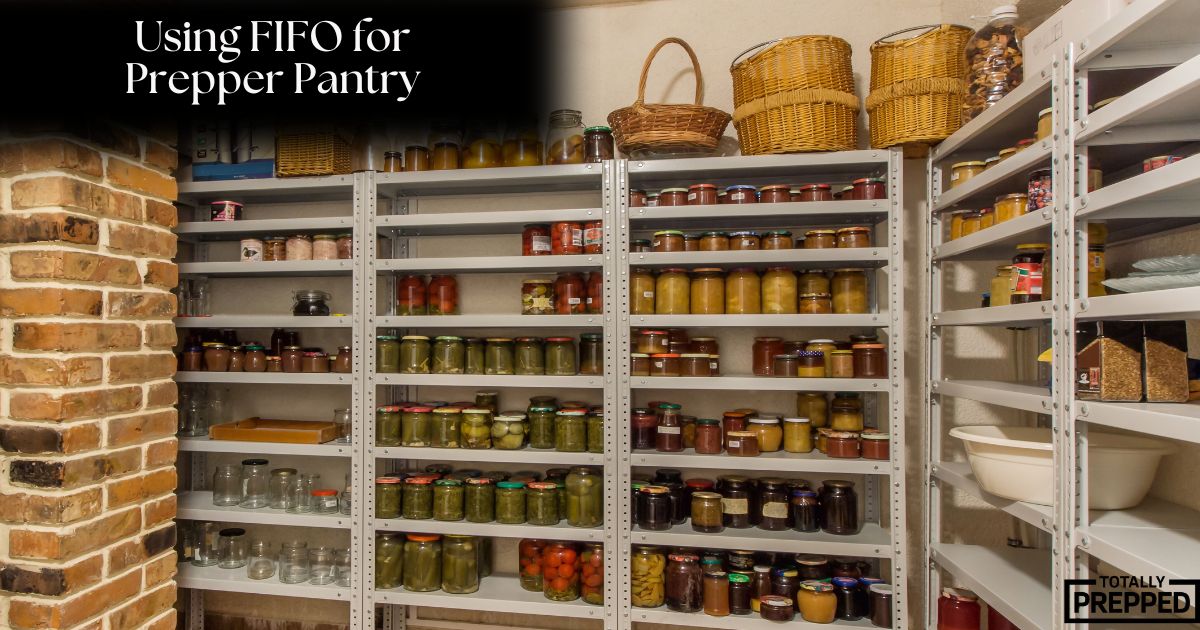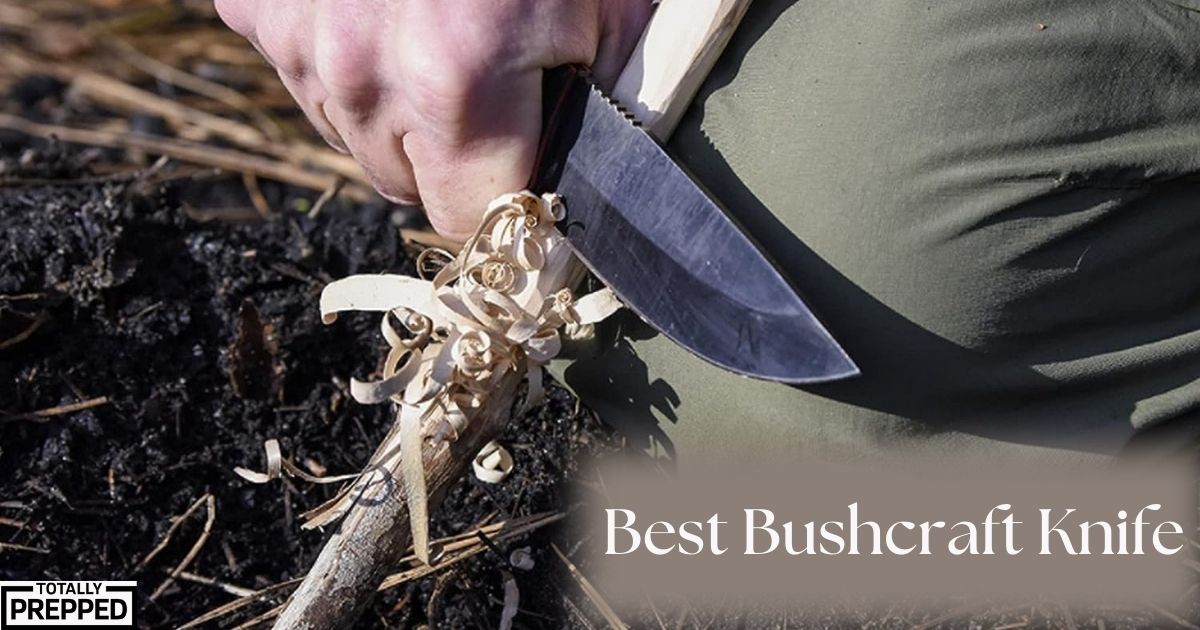A 3 bin compost system is a popular method for composting large volumes of organic waste quickly. The system is comprised of three bins that are arranged side by side. Each bin contains compost in different stages of maturation, allowing for a continuous cycle of compost production. The three-bin system is a great option for those who generate a lot of organic waste and want to reduce their environmental impact.
The 3 bin system is an efficient and effective way to compost organic waste. The first bin is used to collect fresh waste, such as vegetable and fruit scraps, coffee grounds, and eggshells. The second bin is used to hold partially decomposed material, while the third bin holds fully decomposed compost. The bins are rotated periodically, allowing fresh waste to be added to the first bin and the partially decomposed material to be moved to the second bin. This system ensures a steady supply of compost for gardening and landscaping needs.
There are various designs and materials available for building a 3 bin compost system. Some people choose to construct their own bins using pallets or scrap wood, while others purchase pre-made bins. Regardless of the design, the 3 bin system is a great way to reduce waste, save money on fertilizers, and improve soil quality.
Basics of a 3 Bin Compost System
Definition and Purpose
A 3 bin compost system is a composting method that involves using three separate bins to create compost. The purpose of this system is to create a continuous supply of compost for a garden or farm. The three bins are used to separate the composting process into three stages: adding new materials, actively composting, and curing.
Components and Structure
The three bins are typically made of wood, although other materials such as plastic or metal can also be used. Each bin should be at least 3 feet wide, 3 feet deep, and 3 feet tall. The bins can be connected or placed side by side, depending on the available space. The first bin is used to add new materials, the second bin is used for actively composting, and the third bin is used for curing.
The composting process begins in the first bin, where new materials such as kitchen scraps, yard waste, and manure are added. The materials are then turned into the second bin, where they are actively composted. The compost is turned and aerated regularly to ensure that it decomposes evenly. When the compost is ready, it is moved to the third bin for curing.
Benefits of the 3 Bin System
The 3 bin compost system has several benefits. First, it allows for a continuous supply of compost, which is essential for a healthy garden or farm. Second, the three bins allow for the composting process to be separated into three stages, which makes it easier to manage and maintain. Third, the system is scalable, meaning that it can be expanded or reduced depending on the amount of waste generated. Finally, the system is environmentally friendly, as it reduces the amount of waste sent to landfills and produces a valuable soil amendment.
In summary, a 3 bin compost system is a composting method that involves using three separate bins to create compost. The system is scalable, environmentally friendly, and allows for a continuous supply of compost.
Setting Up Your 3 Bin Compost System
Composting is a great way to reduce waste and create nutrient-rich soil for your garden. A 3 bin compost system is an effective and organized method to turn organic waste into compost. Here are the steps to set up your 3 bin compost system.
Choosing the Right Location
The first step in setting up your 3 bin compost system is to choose the right location. You want to pick a spot that is convenient for you to access, but also away from your house to avoid any unpleasant odors. The area should also have good drainage to prevent waterlogging of the materials.
Building the Bins
The next step is to build the bins. You can use wooden pallets or build your own bins using wood or wire mesh. Each bin should be at least 3 feet wide, 3 feet deep, and 3 feet tall. The bins should be placed side by side, with enough space between them to allow for easy access and turning of the compost.
If you prefer to skip the bins you can use a regular compost pile to create organic mulch for your garden.
Materials Needed
To start your compost pile, you will need a mix of “brown” and “green” materials. Brown materials include things like dried leaves, straw, and cardboard, while green materials include things like grass clippings, fruit and vegetable scraps, and coffee grounds. You will also need a shovel or pitchfork to turn the compost and a hose to keep it moist.
In conclusion, setting up a 3 bin compost system is a great way to turn organic waste into nutrient-rich soil for your garden. By choosing the right location, building the bins, and gathering the necessary materials, you can create a successful composting system that will benefit your garden and the environment.
Managing the Composting Process
Adding Organic Material
To ensure the success of the 3 bin compost system, it is important to add organic material to the compost bins regularly. This can include kitchen scraps, yard waste, and other organic matter. It is recommended to add a mix of green and brown materials to the compost bins. Green materials include things like grass clippings and vegetable scraps, while brown materials include things like leaves and twigs.
Aeration and Turning
Aeration and turning are important aspects of the composting process. It is recommended to turn the compost in each bin every 1-2 weeks to promote aeration and even decomposition. This can be done using a pitchfork or a compost turning tool. Turning the compost also helps to mix the materials and ensure that they are evenly decomposing.
Moisture Control
Moisture is another important factor to consider when managing the composting process. The compost should be kept moist, but not too wet. If the compost is too dry, it will not decompose properly, while if it is too wet, it can become anaerobic and produce unpleasant odors. It is recommended to water the compost occasionally, or cover it during periods of heavy rain.
Temperature Monitoring
Monitoring the temperature of the compost can also be helpful in managing the composting process. The ideal temperature range for composting is between 120-160°F (49-71°C). If the temperature is too low, it can take longer for the compost to decompose, while if it is too high, it can kill off beneficial microorganisms. A compost thermometer can be used to monitor the temperature of the compost.
Following these tips for managing the composting process can help ensure that the 3 bin compost system is successful and produces nutrient-rich compost for your garden.
Troubleshooting Common Issues
Composting can be an incredibly rewarding and eco-friendly activity, but it’s not always smooth sailing. Even with a well-designed 3 bin compost system, issues can arise that require troubleshooting. Here are some common issues and how to address them.
Pest Control
One of the most common issues with composting is pest control. Flies, ants, and other insects are attracted to the food scraps in your compost bin. While some insects are beneficial to the composting process, others can be harmful and should be controlled. To prevent pests, try the following:
- Cover food scraps with a layer of dry leaves or grass clippings to deter pests.
- Turn the compost regularly to keep it aerated and discourage pests from nesting.
- Avoid adding meat, dairy, or oily foods to your compost, as they are more likely to attract pests.
Odor Management
Another common issue with composting is odor. If your compost bin starts to smell bad, it could be a sign that something is wrong. To manage odor, try the following:
- Add more dry materials, such as leaves or shredded paper, to balance the moisture in your compost.
- Turn the compost regularly to ensure that it is well-aerated and not compacted.
- Avoid adding too much of one type of material, such as food scraps or grass clippings, as this can cause the compost to become imbalanced and smelly.
Compost Bin Maintenance
Finally, it’s important to maintain your compost bin to ensure that it is functioning properly. Here are some tips for compost bin maintenance:
- Regularly turn the compost to keep it aerated and encourage decomposition.
- Check the moisture level of your compost regularly and add more dry materials if needed.
- Keep the compost bin covered to prevent excess moisture from rain or snow.
By following these tips, you can troubleshoot common issues with your 3 bin compost system and ensure that your compost is healthy and productive.
Using the Finished Compost
Harvesting Compost
When the compost in the third bin is ready, it’s time to harvest it. The compost should be dark and crumbly, with a sweet earthy smell. The compost can be harvested by either shoveling it out of the bin or by using a screen to sift it. The larger pieces that did not decompose can be returned to the first bin to continue the process.
Applications in Gardening
Compost is a valuable resource for gardeners because it adds nutrients to the soil and improves soil structure. Finished compost can be added to the garden bed as a soil amendment or used as a top dressing around plants. It can also be used as a potting mix for container gardening.
When using compost as a soil amendment, it’s recommended to mix it into the top 6-8 inches of soil. This will help improve soil structure and drainage, as well as provide nutrients for plants. For container gardening, mix compost with potting soil in a 1:1 ratio.
In addition to improving soil quality, compost can also help suppress plant diseases and pests. The beneficial microorganisms in compost can help protect plants from harmful pathogens and pests.
Overall, using finished compost in the garden is a great way to improve soil health and promote healthy plant growth.
Sustainable Practices and Environmental Impact
Reducing Waste
A 3 bin compost system is an excellent way to reduce waste and divert organic materials from landfills. Organic matter that would otherwise be discarded is instead transformed into nutrient-rich compost that can be used to improve soil health and grow healthy plants. By composting, individuals can reduce their carbon footprint and contribute to a more sustainable future.
Soil Health and Biodiversity
Composting with a 3 bin system can also have a positive impact on soil health and biodiversity. Compost is a natural fertilizer that enriches soil, providing essential nutrients for plants to grow. It also improves soil structure, allowing for better water retention and drainage. This can help prevent erosion and runoff, which can be harmful to local waterways. Additionally, composting can support biodiversity by providing habitat for beneficial microorganisms, insects, and other small animals that play a crucial role in maintaining healthy ecosystems.
Overall, a 3 bin compost system is an effective and sustainable way to reduce waste and promote environmental health. By composting, individuals can contribute to a more sustainable future while also improving their own gardens and landscapes.



